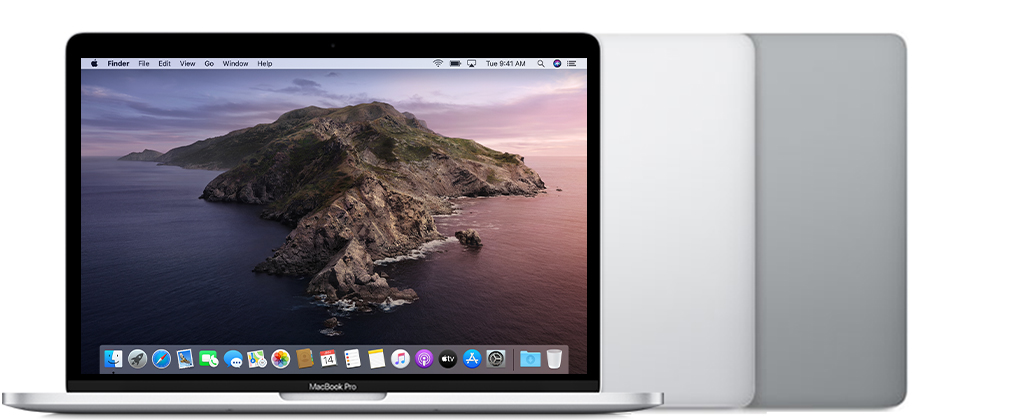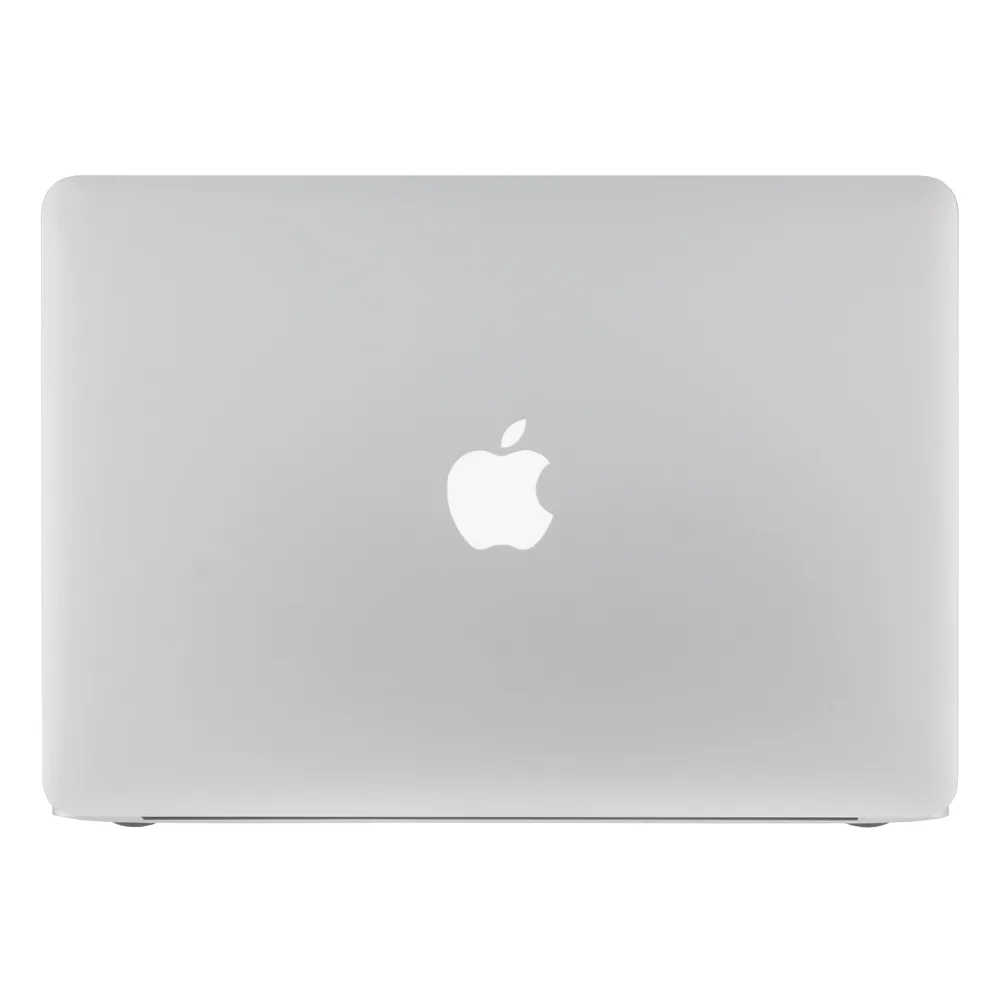

- #4 gig memory for 15 inch mac early 2015 movie
- #4 gig memory for 15 inch mac early 2015 upgrade
- #4 gig memory for 15 inch mac early 2015 pro
- #4 gig memory for 15 inch mac early 2015 series
Convert QuickTime to iTunes On Mac, Faster Sierra, Yosemite iTunes to QuickTime converter to convert download upload iTunes video files to QuickTime format with Best QuickTime movie Quality for Sierra, YosemiteMoutain Lion, Lion, snow leopard, mac.
#4 gig memory for 15 inch mac early 2015 pro
MacBook Pro Mid/Late 2007 and Early 2008 DDR2-667Mhz The 'Original' MacBook Pro has a silver bezel around the screen, and runs DDR2-667 memory. The early model (5,1) has a 6GB max out of.
#4 gig memory for 15 inch mac early 2015 series
MacBook Pro Late 2008, Early 2009, Mid 2009, Mid 2010 DDR3-1066Mhz The original series 'Unibody' MacBook Pro runs DDR3-1066 memory. The 13-inch MacBook Pro Model ID 7,1 has a 8GB max out of the box. MacBook Pro Mid 2010 DDR3-1066Mhz The original series 'Unibody' MacBook Pro runs DDR3-1066 memory. Non-Stacked IC's: Ramjet uses a Non-stacked module for the 8GB. MacBook Pro Early 2011 and Late 2011 DDR3-1333Mhz The 'Unibody' Sandy Bridge MacBook Pro runs DDR3-1333Mhz with a 16GB maximum. MacBook Pro Mid 2012 DDR3-1600Mhz MacBook Pro 13 inch and 15 inch Mid 2012 RAM upgrades run DDR3-1600Mhz with a system maximum of 16GB. Here are some other great options to give your MacBook Pro Retina a. Model ID Description The MacBook Pro with Retina Display comes with onboard memory only, which cannot be upgraded after purchase. IMac (Retina 5K, 27-inch, 2017) has four SDRAM slots, each of which can accept a 4GB, 8GB, or 16GB SO-DIMM.

IMac (27-inch, Late 2012) and later computers have four SDRAM slots, each of which can accept a 4GB or 8GB SO-DIMM. Comes with all original packaging, wraps, charger. No dents or scratches evident as per photographs and no dead pixels. Logic board refurbished by Apple in 2017 under AppleCare Warranty. Post them below! Be sure to check us out on and the.Ģ015: Memory: 8GB: APPLE MacBook 12-INCH 1.3GHZ Core M, 8GB/512GB - Space Grey (Early 2015) A1534 in excellent condition. The 16GB upgrades are not as common for laptop systems, so expect to pay around $600 if you want 16GB of RAM in a laptop system. Even though memory prices are very low these days because, the low prices are only for relatively common RAM modules, which include the 4GB and 8GB upgrades (two pairs of 2GB or 4GB modules, respectively).
#4 gig memory for 15 inch mac early 2015 upgrade
While this upgrade is possible, do keep in mind that it will not be cheap.

More recent models, including those released in 2011, have been built with a higher RAM limit, so even though Apple only offers 8GB RAM and mentions this as the maximum amount of RAM the systems can hold, in reality they can recognize up to 16GB if you add it. Even though they are 64-bit capable, Apple's MacBook Pro systems have been offered with 8GB RAM as the maximum configuration. This is true both in terms of physical capability but also in a built-in limit in the system's memory controllers on how much RAM it can recognize.Īs a result, despite having 64-bit capability, many systems are built with limitations that allow them to hold a maximum of 4 or 8GB of RAM. These days all of Apple's Macs are 64-bit machines, which means that theoretically they can access terabytes upon terabytes of memory however, despite this there is a physical hardware limit on the amount of RAM a system can contain.

Screenshot by Topher Kessler Because of the increasing requirement for larger RAM capacities, it may help to know exactly how much RAM you can put in your system. The Mac's model number can be found by checking this section of the System Profiler (System Information in OS X Lion), which is available in the Apple menu if you press the Option key. These days 4GB of RAM is a standard configuration, but soon that will jump to 8GB or higher as programs and operating systems get more complex. As a result, having ample RAM is great for system performance, so I always recommend to go with as much RAM as you can afford to put in your system.Įven if you don't need it now, increasing the amount of RAM in your system will prepare your system for when it eventually will be used. If you use programs that take up a lot of RAM, you may see the system slow down while the system makes use of the slow hard drive to manage memory contents, to the point where it may sometimes crawl to a near standstill while tasks are running. RAM is a high-speed memory workspace that the system uses for running programs, loading operating system components, and performing most of its computing tasks.


 0 kommentar(er)
0 kommentar(er)
